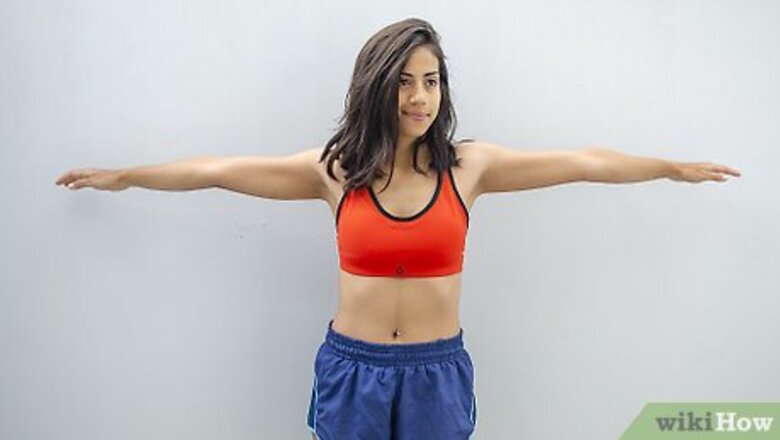
views
Starting the Arm Wave
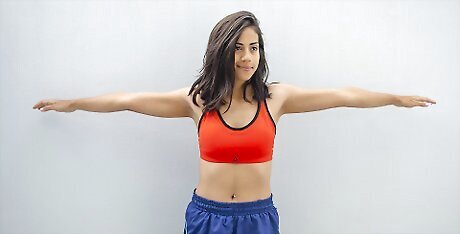
Hold out both arms to form the shape of the letter "T." This is the starting point for the wave. Always keep your arms straight and level with your shoulders. As you go through the wave motion, you will need to move parts of your arms.While you learn the arm wave, your lower body will stay still. Eventually, you can practice moving around while doing the wave. Imagine that there is an invisible line where your arms are now. Your arms will generally stay level with this line as you do the arm wave. On a few occasions, part of your arm will rise above or drop below this line.
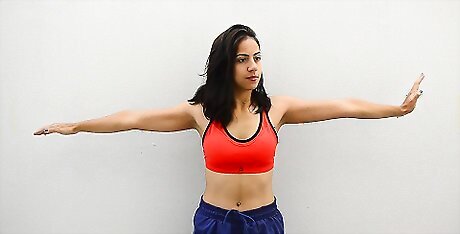
Raise the fingers on your left hand. Continue holding your arms straight out to the side as you begin moving. Flex your wrist without raising or lowering your arms. Hold your fingers straight so they point up towards the sky. This is the easiest part, but it also starts the arm wave, so get ready to let the movement flow through your arm! You can start the wave with either arm. However, it’s better to focus on 1 side first until you master the movement.
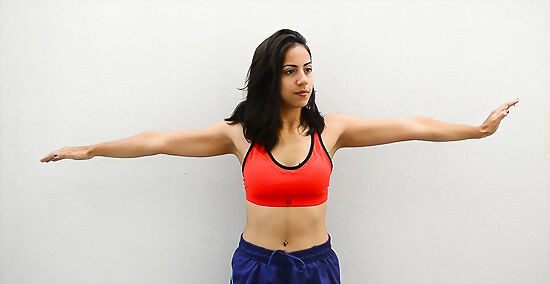
Lift your left wrist while bringing your hand down. Begin lowering your hand. As your fingers fall and point downward, your wrist should rise naturally. Your wrist will become the highest point on your arm. Remember to keep your arms in line with your shoulders. Your hand and fingers will drop down the imaginary line from your T-pose. Practice this until you can transition smoothly from your fingers to your wrist. The rest of your wave should have similar a similar, smooth motion, so use it as a point of comparison.
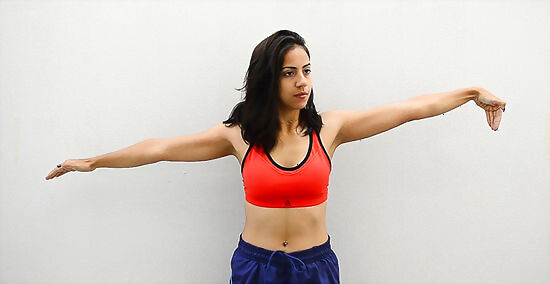
Twist your left arm inwards as you raise your elbow. Bring your left hand up so you are in a T-pose again. Begin lifting your arm upwards. To get it to come up, you will need to twist your forearm towards the front of your body. Bend your arm at the elbow in order to raise your elbow. Twisting your arm inwards helps you lift your elbow. However, keep your hand flat and make sure your shoulder doesn’t rise up towards your neck. This is most likely going to be the hardest part of the arm wave for you. Practice it until it feels natural.

Straighten your arm while lifting your shoulder. At this point, you need to move back into the T-pose position. Focus on keeping your hand flat as you twist your forearm back around. Straightening your forearm should cause your elbow to drop and your shoulder to rise up towards your ear. Instead of moving your arm away to straighten it, try bringing your arm towards your body. Keep your arm straight as you move it. Leaning to the side or moving your arm back towards your ear is fine. Doing this can also help you lift your shoulder.
Transitioning and Finishing the Motion
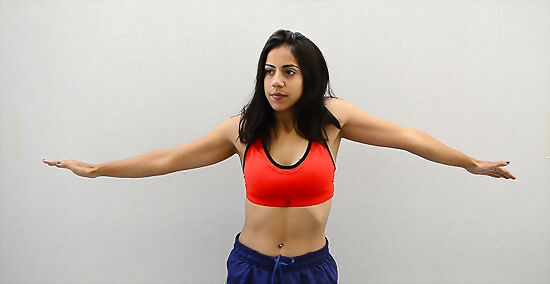
Roll your shoulders to pass the wave motion to your opposite arm. If you started the arm wave on your left side, you will be passing the wave to your right arm. Keep your left shoulder raised. Gradually lower your left shoulder while raising your right shoulder at the same time. You can then begin doing the arm wave on your other arm. Pushing your chest out can make the transition easier. You can also roll your head a little in the direction of the wave to help get your shoulders moving. You left arm might feel pretty tired now. Normally you want to keep it up as you complete the wave, but you can drop it to rest it while you practice. For a more advanced wave, rotate your shoulder, bringing your arm forward as the wave motion moves to your other arm. Move your arms and other parts of your body each time.
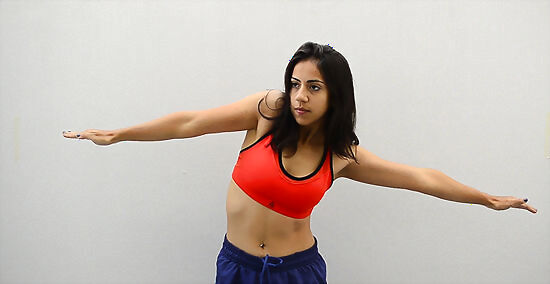
Rotate your right arm inward to raise your elbow. Finishing the wave involves the same moves as before, except you do them in reverse order. First, make sure your arms are still straight out in a T-position. To pass the wave from your shoulder to your elbow, rotate your arm towards the front of your body. Let your shoulder drop as your elbow comes up. Getting your elbow into position will most likely be the toughest part of the wave, so don't worry if you can't get it right away.

Bring your right wrist up as you straighten your arm. Move your elbow back down so your arm is straight out from your side in the T-pose position. Lift your wrist so it is the highest point on your arm. Remember to flex your wrist, keeping your fingers straight and pointed towards the floor. Keep your arm level with your shoulders as you finish the wave.
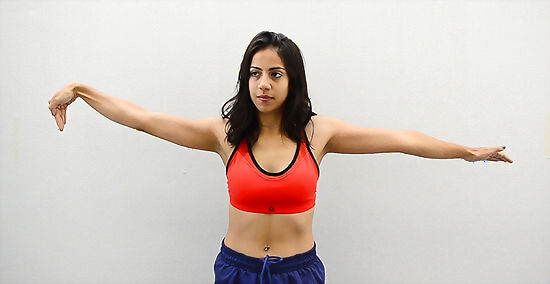
Raise your fingers as you bring your wrist down. Hold your fingers stiff and straight as you begin lifting them. Lower your wrist at the same time. Your fingers should come all the way up so they are pointed towards the ceiling. You can curl your fingers towards your palm while lifting them. This might help you master the wave movement. However, make sure you straighten them back out before your wrist lowers completely.
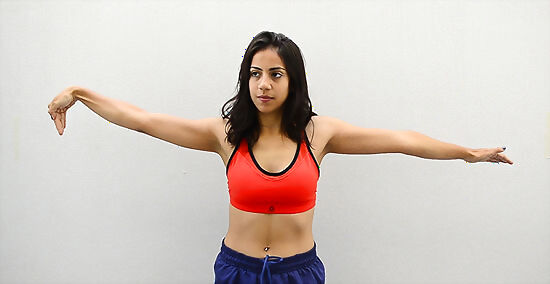
Lower your fingers so your arms are in the shape of the letter “T.” Finish the arm wave by going back to the T-pose baseline. This motion isn’t too hard, since all you need to do is flex your wrist a little to level out your hand. Both of your arms should be even with your shoulders and straight out from your body. Once you have mastered doing the arm wave in 1 direction, try starting with your opposite hand. Also try waving with both arms at the same times or reversing the wave motion. For a variation on the arm wave, try rotating your shoulders forward. Keep your body still and hold your arms out in front of you at first. Try doing the wave with your arms in different positions, including with your fingers touching in front of you!




















Comments
0 comment